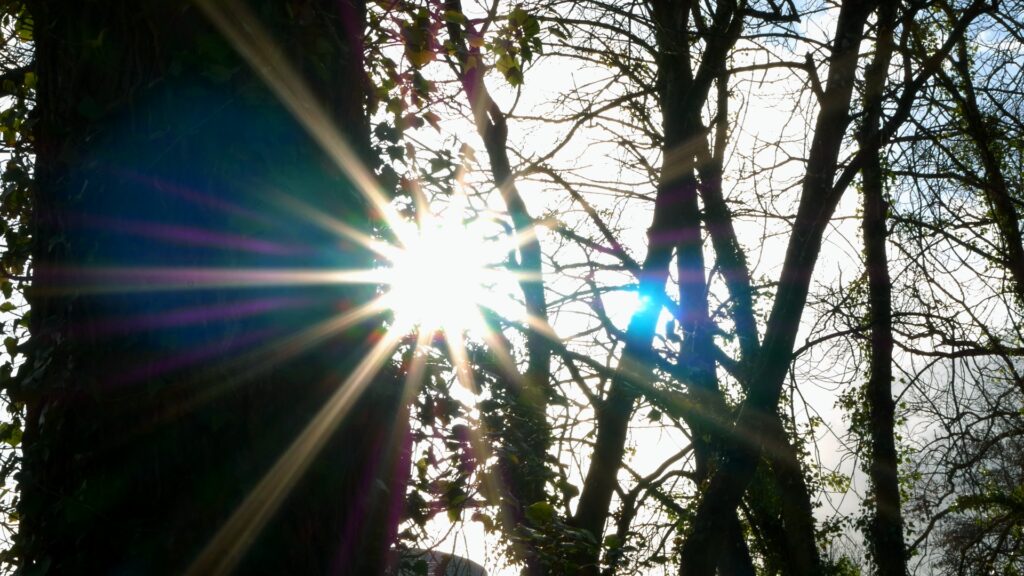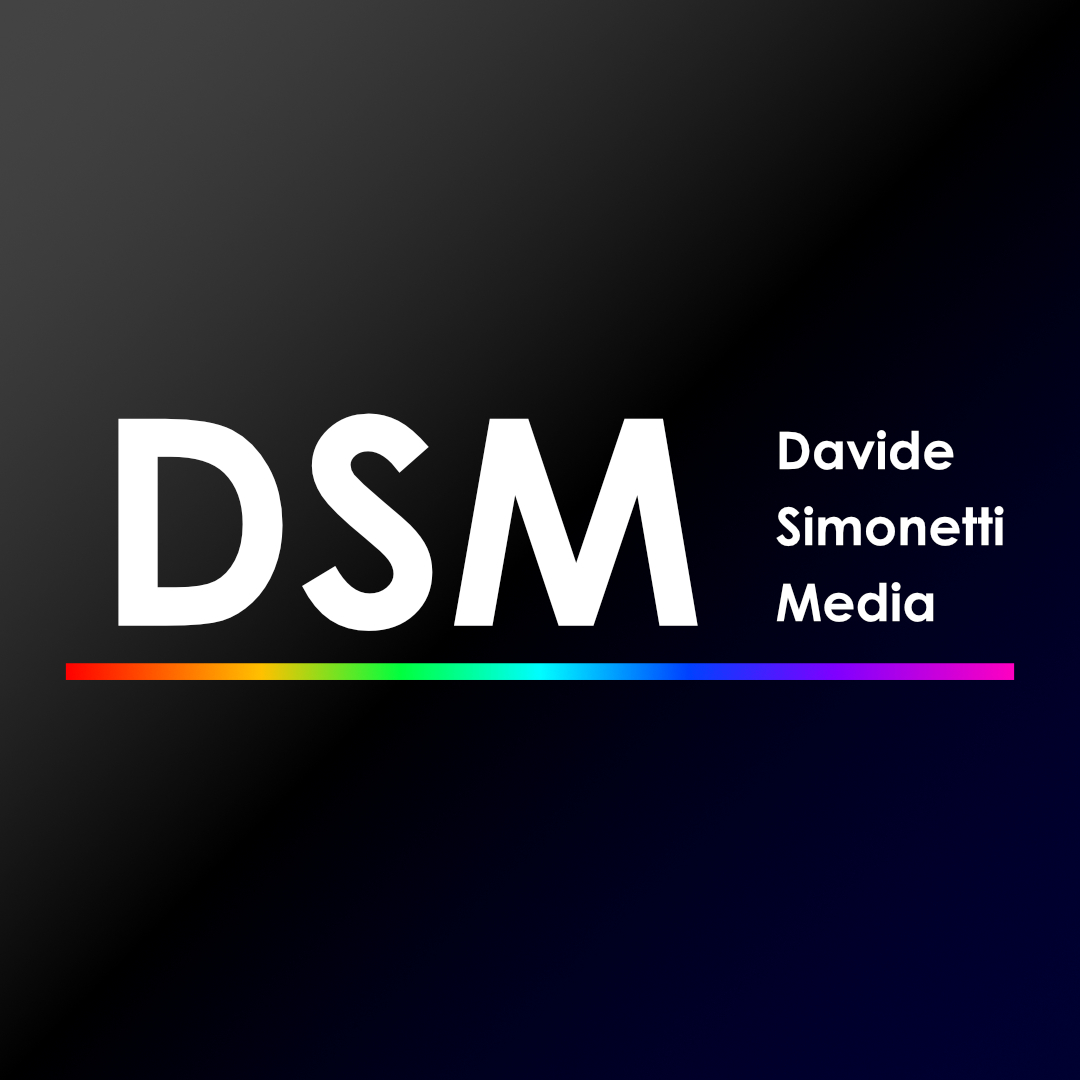Academic project
This short film was developed in conjunction with my undergraduate thesis titled “Narrative Complexity and Audience Perception in Nonlinear Filmmaking”, studying and employing nonlinear timeline of events in cinematography. After considerable research on existing nonlinear films, a practical approach was taken to create a short film with a complex temporal structure of events. Great focus was put on several processes throughout the production, with the main creative and technical roles executed on my own.
The concept
The inspiration for the plot consisted of creating a story directly influenced by the structural form of the narration, and vice-versa to create a narrative inherently bound to the sequence events experienced by the audience. Hence, the theme of guilt, regret and anticipation sprung to mind, as these common human sentiments are typically experienced with a deep desire to revert the events of the past to change our present. A similar concept is the preoccupation for the consequences of one’s current action and how they will affect the future, and how that mentality affects our perception of the present.
The story subsequently developed pivoted on another important theme of the thesis, the ambiguity of the temporality of the events portrayed. The audience is intended to be confused and unawares of the correct timeline of the events, which are purposely showed to be potentially (but not conclusively) out of order.
This complex and ambiguous film structure was carefully constructed and finalized in the screenwriting process, as the intricate canvas of the narrative required methodical planning. Similarly, notable attention and planning was required in the logistics of pre production and the preparation of the shooting, as any continuity error could create a definitive interpretation of the plot sequence, which was to remain ambiguous by design.

Directing and producing
Due to severe COVID-19 limitations in place at the time of production, with a hard academic deadline approaching, a number of compromises and workarounds needed to be taken. Namely, while initial concepts of the screenplay included standard performances, it was finally decided to employ voice-overs and dialogues through phone calls to circumnavigate the scarcity of performers and crew available at the shoot. This allowed for more experienced actors to provide their vocal performances from home, directed through a call, while close friends offered their on-screen appearance with no need to memorize or perform any lines. This compromise perhaps detracted some personality from each performance, as every performer required precise directing to keep track of the emotional significance of each scene, the relationship towards the other performers (whose performance was not available to them) and the sequential placement of the scenes, lacking the usual references. Nonetheless, the voice actors displayed a level of intimacy towards their characters and the concepts at hand which allowed the story-line to carry a definite emotional through-line. Similarly, the on-screen performers were able to portray specific states of subtle despair and meandering while unawares of the vocal performances they mirrored.
While I’m more than satisfied with the end result, my current intention with this project is to shoot the original, more traditionally scripted version, freeing the directorial and performative choices from the restrictions imposed by the pandemic to focus more on the personal relationships between the characters, hoping to give them more depth.

Editing
While the main structural characteristics of the film were strictly described by the script, given the importance given to the portrayal of the scene sequence, a number of crucial decisions were taken in post production, especially concerning shot length and continuity. The ability of the viewer (or lack thereof) to extract significant clues concerning the interpretation of a singular timeline would ultimately rely on the editing technique approached. In this case it was decided to allow the cuts more “breathing room”, relying on long, sustained takes to amplify the sense of suspended reality instilled in the shots. At the same time, each scene required to be sequential compatible not only to its contiguous shots, but also any other scene, as the viewer could interpret them to be in several different orders. While the filming already took care of making sure only selected spacial references were repeated in different scenes, the edits needed to adequately overlap in some instances, and abruptly change scenario in others. A good balance between the natural pacing of the scene, the audio track and the cut then needed to be found, while retaining the fundamental characteristics of the scene as described in the script.

Sound
Due to the strict restrictions taking place at the time, no audio crew was able to record any sound on set, as I could only manage the main photography on my own. Since the voice-over recording session took place remotely, each performer was required to operate their own sessions. Both actors, thanks to their previous experience managed to deliver high quality uncompressed audio files. I was therefore able to edit the deliveries to fit the pace of the scenes later filmed, as well as add a number of effect to balance the levels and the colour of the different recording setups. Moreover the processing of a number of audio files to resemble the speech through a telephone signal was applied to further underline the different sections of the film.
While shooting some b-roll, I took the opportunity to record ambience sounds with a field recorder in the same locations filming took place, with similar weather and at the same time of day, to obtain ambient sounds as organic and realistic as possible. Other sound effects were sourced on the internet from royalty free libraries or reproduced in my own home.
Once the film was picture-locked, using the skills and experience gathered thanks to my work as a sound editor at Telegael, I was able to effortlessly place and mix the all the sounds.
A version of the film submitted for academic review also featured a soundtrack composed by Morton Feldman, but due to copyright reasons this could not be released to the public. Regardless, I had originally intended for the film to feature no score, as I felt that the simplicity of the voices, paired with the simple and almost lackluster presence of sound effects created the adequate background for an almost surreal, intricate and cerebral experience, which could have been drowned out by too complex of a music piece.

Very nice post. I certainly appreciate this site. Keep it up!
I was excited to uncover this great site. I need to to thank you for your time for this particularly wonderful read!! I definitely enjoyed every part of it and I have you book marked to check out new stuff in your web site.